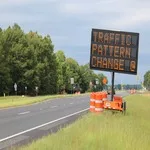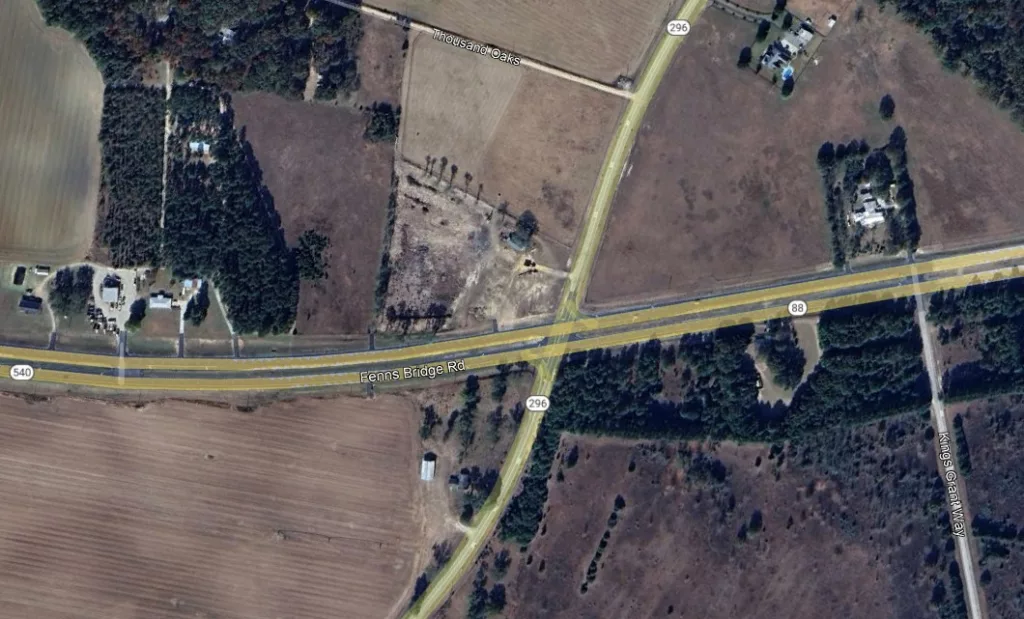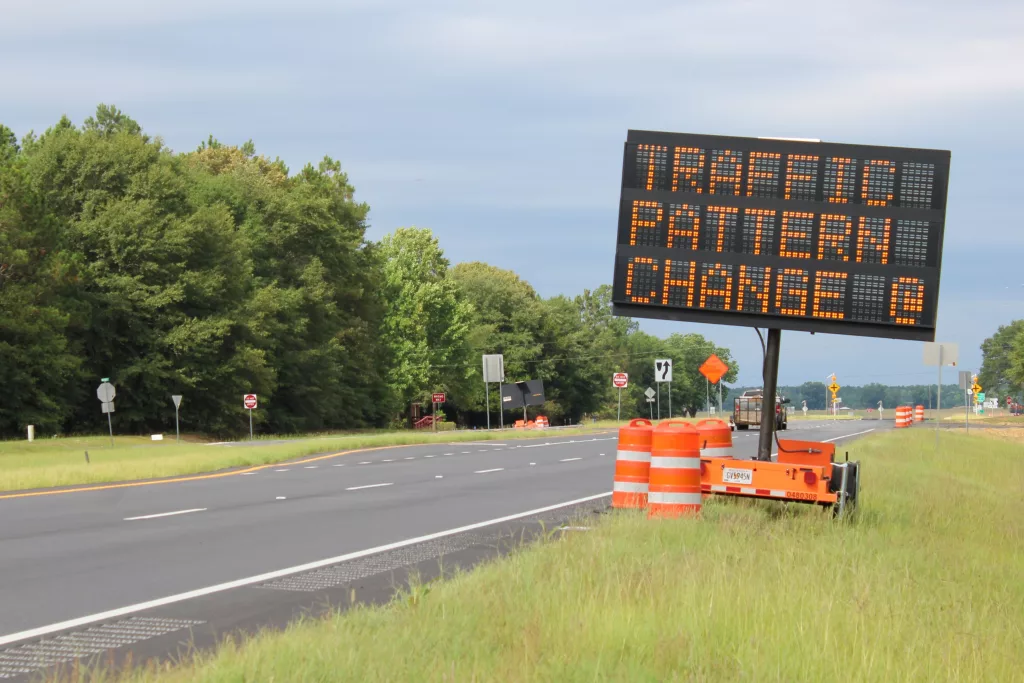
Work is afoot to decrease incidents at a high-volume crash intersection in Jefferson County.
The Georgia Department of Transportation is closing the median of the Fall Line Freeway at State Route 296 outside of Wrens as part of a project to construct a Reduced Conflict U-Turn (RCUT) at the intersection.

Construction of a concrete median is anticipated to begin on Tuesday, July 9.
At that time, all drivers travelling on SR 296 will no longer be able to turn left or go straight through the intersection.
Additionally, vehicles travelling down the Fall Line Freeway in either direction will temporarily be restricted from turning left onto SR 296.
All drivers will have an opportunity to access SR 296 by making a safe U-turn a short distance away on recently installed extra pavement.
Vehicles can still turn right onto SR 296 from the Fall Line Freeway.
Drivers should expect temporary lane closures near the intersection.
The Georgia Department of Transportation anticipates construction will be complete by mid-July, weather pending.

When finished, the Reduced Conflict U-Turn will prevent vehicles travelling on SR 296 from turning left or going straight through the intersection. All vehicles will turn right onto the Fall Line Freeway with an opportunity to make a safer U-turn a short distance away.
Drivers travelling on the Fall Line Freeway will be able to turn left onto either direction of SR 296 utilizing the newly installed concrete median.
A traffic safety study was completed at the intersection due to the high volume of crashes sustained at the location that have resulted in multiple deaths in recent years.
The Georgia DOT states their long-term intersection solution is to deploy a roundabout, much like the one farther down the road in Washington County, tentatively scheduled for 2027. While actively developing that concept for future implementation, the Reduced Conflict U-Turn is their validated interim solution.
A Reduced Conflict U-Turn, also referred to as a J-Turn, is an intersection design that has reduced crashes by 50 percent in comparison to standard intersections by changing how minor road traffic crosses or turns left at a major road, thus reducing the potential conflict with other vehicles.

At a J-Turn, minor road traffic must turn right. Left turns and through movements from the minor road are accomplished through the use of a downstream U-turn. All movements through a Reduced Conflict U-Turn (left, though, and right) are allowed from the major road.
A Reduced Conflict U-Turn design means drivers from SR 296 will no longer have to navigate the four-lane Fall Line Freeway. The Georgia Department of Transportation expects this to directly addresses higher speed angle collisions and decrease the frequency and severity of potential crashes.
The Georgia DOT reminds drivers that when approaching a work zone, slow down, allow extra distance between vehicles, read signs, and expect the unexpected.



